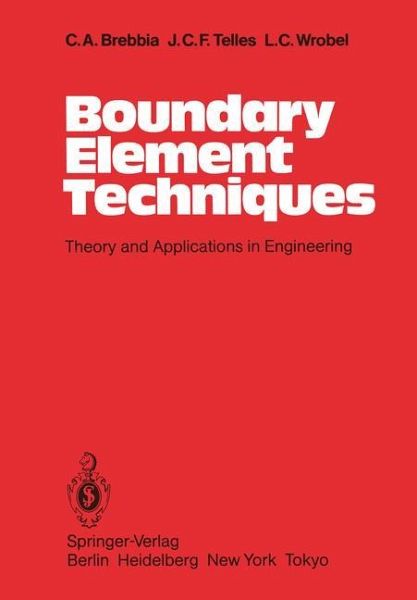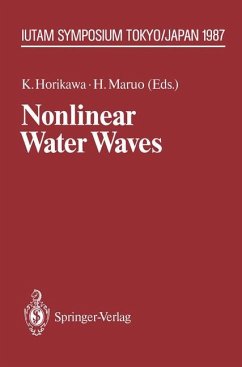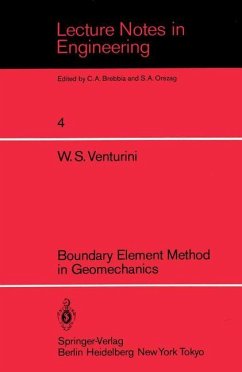
Boundary Element Techniques
Theory and Applications in Engineering

PAYBACK Punkte
41 °P sammeln!
VI SOCRATES: I think that we ought to stress that we will write only about things that we have first hand experience in, in a coherent way that will be useful to engineers and other scientists and stressing the formulation without being too mathematical. We should write with integrity and honesty, giving reference to other authors where reference is due, but avoiding mentioning everybody just to be certain that our book is widely advertised. Above all, the book should be clear and useful. PLATO: I think we should include a good discussion of fundamental ideas, of how integral equations are for...
VI SOCRATES: I think that we ought to stress that we will write only about things that we have first hand experience in, in a coherent way that will be useful to engineers and other scientists and stressing the formulation without being too mathematical. We should write with integrity and honesty, giving reference to other authors where reference is due, but avoiding mentioning everybody just to be certain that our book is widely advertised. Above all, the book should be clear and useful. PLATO: I think we should include a good discussion of fundamental ideas, of how integral equations are formed, pointing out that they are like two dimensional shadows of three dimensional objects, ... SOCRATES: Stop there! Remember you are not 'the' Plato! PLATO: Sorry, I was carried away. ARISTOTLE: I think that the book should have many applications so that the reader can learn by looking at them how to use the method. SOCRATES: I agree. But we should be careful. It is easy to include many illustra tions and examples in a book in order to disguise its meagre contents. All examples should be relevant. ARISTOTLE: And we should also include a full computer program to give the reader if so he wishes, a working experience of the technique.














